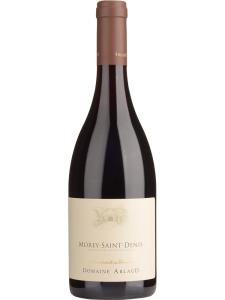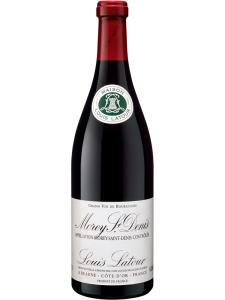Morey-St-Denis is a commune and corresponding appellation in the Cote de Nuits sub-region of Burgundy. The village is home to 20 Premier Crus, but is better known for its four Grand Cru climats – five if one includes the northern section of Bonnes-Mares, which crosses over from neighboring Chambolle-Musigny.
© BIVB / GADENNE D.
The communal Morey-Saint-Denis appellation was created in December 1936 and covers the production of both red and white wines, made from Pinot Noir and Chardonnay grapes respectively. The vast majority of the wines produced under the appellation are red, with about 5% devoted to white wines – similar to Fixin and Nuits-Saint-Georges.
Prior to the introduction of the Morey-Saint-Denis appellation, wines from the village were often sold under the better-known names of Morey's neighbors, Gevrey-Chambertin or Chambolle-Musigny. A decade prior to this, in 1927, Morey had followed the example of these two villages in appending the title of a prized vineyard to its existing name. Oddly, the vineyard in question here, Clos Saint-Denis, is not viewed as the finest of the commune's climats (that honor goes to Clos de la Roche). However, it is a well-known Grand Cru. There was much deliberation in the village (then known as Morey-en-Montagne) about which vineyard name should be used, and the decision to opt for Clos Saint-Denis remains a point of discussion to this day.
The commune currently has about 345 acres (140ha) under vine, divided almost equally between the village, Premier Cru and Grand Cru classifications (see French wine label information). The vines are planted on thin, well-drained, oolitic limestone on the higher slopes and richer soils with a high marlstone component on the lower slopes. As is standard for a Cote d'Or commune, Morey's vineyards range in altitude from 800 to 1200ft (245m–365m). The village-level vineyards are located on the lower and very highest slopes, while the Grand Crus and Premier Crus occupy the heart of the mid-slope, with their precise distribution depending on the soil make-up and aspect of the plots.
The style of an archetypal Morey-Saint-Denis wine is a mid-point between the firm, substantial style of Gevrey-Chambertin and the bold, but slightly more open, perfumed style of Chambolle-Musigny. This is a generalization, of course, as the variation of terroir within the commune is sufficient to create multiple, very different styles of wine.



